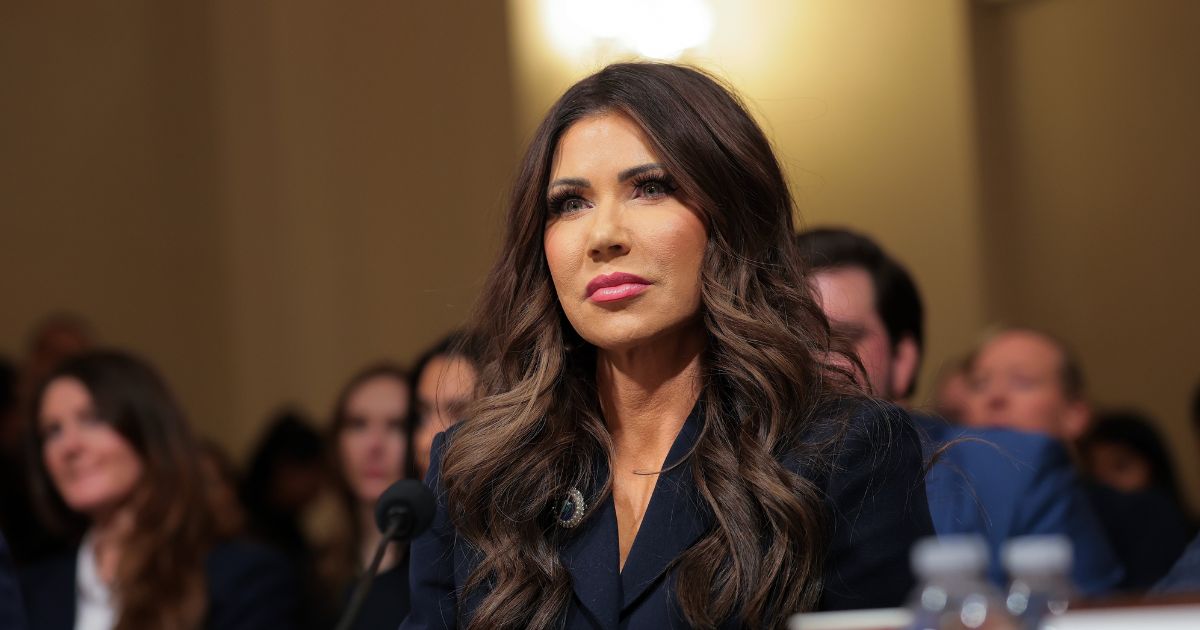Elon Musk exit part of GOP tradition on spending failure
The article discusses Elon Musk’s brief tenure as the head of the Department of Government Efficiency under the Trump administration, highlighting the challenges he faced in attempting too cut government spending. Despite his reputation as a billionaire entrepreneur, Musk’s efforts were complex by his lack of political experience and the antagonistic political habitat, especially from Democrats and left-wing activists who feared cuts to programs like Social Security and Medicare. The piece suggests that while Republicans excel at tax cuts, their record on spending cuts is historically poor, and Musk’s aspiring goals of saving trillions from the federal budget remained unmet. his time in government ended in disillusionment, reflecting broader challenges within the GOP regarding fiscal responsibility.The article concludes that meaningful change in spending policy remains elusive for the party, with the looming debt crisis adding pressure on republicans to act responsibly to avoid tax increases that could harm the economy.
Elon Musk exit part of GOP tradition on spending failure
The end of Elon Musk’s time at the helm of the Department of Government Efficiency is the latest chapter in a long story: Republicans are better at cutting taxes than cutting spending.
This was true long before Musk or President Donald Trump. It’s a fact that complicates the path forward for the Republican reconciliation bill now under consideration in the Senate to extend the Trump tax cuts.
Musk faced the normal challenges when it came to cutting government spending. Even if he claimed he was only rooting out waste, fraud, and abuse, he was charged with wanting to slash Social Security and Medicare benefits.
The media were largely hostile. Congressional Democrats were apoplectic, as were left-wing activists. The first major protests of the second Trump term were anti-DOGE. Government workers are an articulate and politically well-connected group of people to whip into a frenzy.
But a number of Musk’s challenges were unique. As a billionaire who is even richer than Trump, he was not necessarily the most sympathetic public face for fiscal austerity. He was appointed by a Republican president who did not run on austerity measures in the first place, outside of DOGE. Trump emphasized economic growth and eschewed Paul Ryan-style entitlement reforms. In his three presidential campaigns, he never really made the case for shrinking government, while Musk was clearly a convert to libertarianism.
Musk was attempting something far more ambitious than the Reagan-era Grace Commission or Al Gore’s Reinventing Government initiative. When enumerating his cost-cutting targets, he threw out numbers like $1 trillion and $2 trillion. He was attempting to pursue savings of that magnitude from within the executive branch, rather than the legislature, where the constitutional spending authority resides, and with congressional Republicans possessing only a limited appetite for real spending cuts.
Unlike the heads of the Simpson-Bowles Commission on Fiscal Responsibility and Reform or Ryan as he wrote his budget roadmaps, Musk had no previous experience working for the government. Although he did, like deficit hawk Ross Perot decades before him, earn much of his wealth from government contracts.
The Tesla founder also had a heavily Democratic customer base for one of his most lucrative businesses. This was bad for the bottom line when he went to work for Trump and became branded as a Republican. This also made Musk unusually vulnerable to boycotts, although his detractors didn’t stop there. Tesla dealerships and individual vehicles were vandalized.
By the end of Musk’s 130 days as a special government employee, he seemed pretty disillusioned. He was not always the most effective messenger, though he arguably struck real blows against taxpayer-funded nongovernment organizations. What he did not do, however, is change the basic fiscal trajectory of the country.
Neither has any recent Republican president nor Congress. Tax cuts were the enduring legacy of Ronald Reagan, George W. Bush, and Trump’s first term, not balanced budgets or spending control. The Reagan tax cuts played a key role in whipping stagflation. The Bush and Trump tax cuts had some positive growth effects, but were less transformational politically or economically.
The first Republican House majority in 40 years sought to cut spending in 1995-97, though the results were mixed. Congressional Republicans helped then-President Bill Clinton achieve a balanced budget that was quickly undone when the GOP had unified control of the federal government a few years later. Sequestration and divided government curbed some spending excesses under then-President Barack Obama.
But when Republicans have been in the White House, the party’s leaders on both sides of Pennsylvania Avenue have never matched their tax-cutting with spending-cutting. Now, some Republicans are worried enough about the exploding debt to put the fate of the Trump tax cuts in doubt.
THE BIG SILVER LINING FOR TRUMP IN TARIFF AND DOGE SETBACKS
Given that the alternative is an across-the-board tax increase, a severe hit to the economy, and a bad midterm election cycle for Republicans in 2026, the GOP congressional majorities will likely work something out.
But fiscal hawks are less enthusiastic about the tax cuts because of the debt projections. Elon Musk may find it easier to go to Mars than to cut government spending. For Republicans, it is more of the same.
" Conservative News Daily does not always share or support the views and opinions expressed here; they are just those of the writer."




